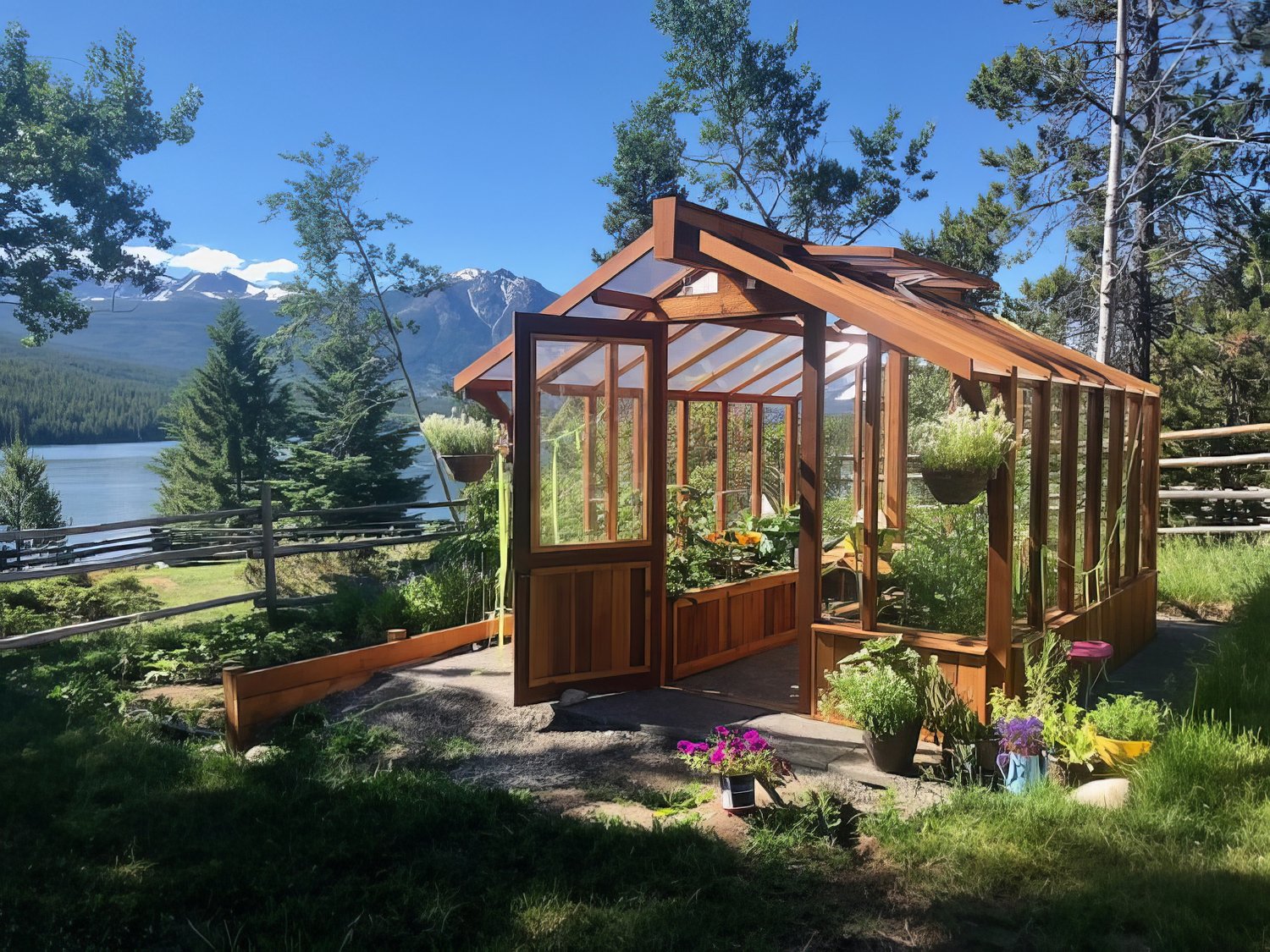Monarch Greenhouse Utah: Elevating Expanding Areas with Precision Construction
Wiki Article
The Future of Greenhouses: Technologies in Sustainable Farming
Are you interested regarding the future of greenhouses and just how they are reinventing sustainable agriculture? From sophisticated environment control systems to vertical farming techniques, water-efficient watering techniques, sustainable energy combination, and clever information analytics, these improvements are changing the means we grow our food.Advanced Environment Control Solution
To achieve ideal expanding conditions, you can count on the developments in greenhouses with sophisticated climate control systems. These systems have actually revolutionized the method we grow plants, offering a regulated atmosphere that contributes to plant development. With these cutting-edge systems, you can currently control temperature level, humidity, light levels, and even carbon dioxide concentrations to develop the excellent problems for your plants to flourish.Among the key attributes of these innovative environment control systems is their capacity to manage temperature level. By utilizing sensing units and automated controls, the greenhouse can readjust the temperature level based upon the certain needs of the plants. This ensures that they are never ever subjected to extreme heat or cold, which can be harmful to their growth.
Humidity control is one more important element of these systems. By maintaining the suitable moisture degrees, you can protect against issues such as mold and mildew, mildew, and disease from affecting your crops. These systems can likewise regulate the quantity of light that reaches the plants, ensuring that they receive the optimum amount for photosynthesis.
In addition, advanced environment control systems can also adjust CO2 focus. By enhancing the levels of carbon dioxide in the greenhouse, you can enhance plant development and efficiency. This is particularly valuable in locations with low all-natural carbon dioxide levels.
Vertical Farming Methods
One essential upright farming strategy is making use of piled expanding systems. Stacked growing systems are commonly made use of in urban areas where space is restricted.One prominent method is known as upright hydroponics, where plants are grown in nutrient-rich water without soil. This method is very efficient as it minimizes water use by as much as 90% contrasted to standard farming techniques. Additionally, because the plants are grown inside your home, they are shielded from conditions and bugs, lowering the requirement for pesticides.
An additional strategy is aeroponics, which entails suspending the plant origins in a mist or air environment. This technique allows for ideal nutrient absorption and oxygenation, causing faster growth and greater returns. Aeroponics additionally makes use of much less water than typical farming and can be implemented in vertical systems, making it a preferred choice for upright farming.
Water-efficient Irrigation Approaches
Making the most of water conservation is crucial when it comes to carrying out water-efficient watering techniques in sustainable agriculture. With global water deficiency ending up being a pushing issue, it is vital to develop ingenious strategies that enhance water use in greenhouse procedures.One appealing technique is drip watering, which supplies water directly to the plant roots, reducing waste and dissipation. By making use of a network of tubes with tiny emitters, water is used slowly and precisely, making certain that plants receive the essential moisture without excess additional resources runoff.
Another effective method is making use of soil dampness sensing units. These gadgets gauge the wetness material in the dirt and offer real-time data to farmers. By checking the soil's dampness degrees, farmers can accurately figure out when and just how much water to use, protecting against over-irrigation.
Additionally, the execution of rainwater harvesting systems is getting appeal in greenhouse agriculture. Gathering rain from roofs and saving it in containers permits farmers to use this natural deposit for irrigation functions, minimizing dependence on traditional water resources.
Lastly, the fostering of automated irrigation systems can dramatically improve water performance. These systems utilize sensing units to identify soil moisture levels and weather, adjusting irrigation timetables appropriately. By maximizing water usage based on real plant requirements, these systems can decrease water waste and promote sustainable farming methods.
Renewable Energy Assimilation
Renewable power combination in greenhouses offers numerous advantages, consisting of decreased operating costs and lowered reliance on non-renewable power resources. The created power can after that be made use of to run different operations within the greenhouse, such as lights, air flow, and home heating systems. These turbines harness wind power and convert it into power, which can be utilized to supplement the energy demands of the greenhouse.Smart Data Analytics and Automation
To improve the performance of your blue festuca grass greenhouse operations and optimize source usage, take into consideration implementing wise data analytics and automation. Smart information analytics entails accumulating and analyzing information from different sensing units and tools within your greenhouse. By keeping track of aspects such as temperature level, humidity, light degrees, and soil wetness, you can acquire valuable understandings into the health and wellness and growth of your plants. This information can assist you make informed decisions regarding adjusting environmental conditions, maximizing watering schedules, and avoiding potential problems before they develop.
This can include automating the control of lights, ventilation, watering systems, and nutrient shipment. By automating these processes, you can make certain that your plants obtain the appropriate problems and nutrients at the ideal time, without the requirement for consistent manual intervention.
Additionally, smart information analytics and automation can collaborate synergistically. The data collected by sensing units can be utilized to inform computerized systems, allowing them to make real-time changes based on the current problems. This integration of information analytics and automation can bring about more exact and reliable source allocation, inevitably causing higher returns and much better plant high quality.
Conclusion
In final thought, the future of greenhouses in lasting agriculture looks promising. With sophisticated environment control systems, vertical farming techniques, water-efficient irrigation methods, and eco-friendly energy assimilation, greenhouses are becoming extra effective and hand push lawn mower eco friendly.
By maximizing water use based on actual plant requirements, these systems can minimize water waste and promote sustainable farming methods.

Report this wiki page